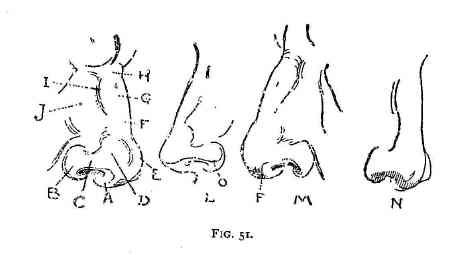Saturday, December 20, 2003
Simplexity
In great simplicity, there is often great complexity. It is the closest one can possibly get to perfection. For instance, a single strand of string can become a complicated knot. A straight line cannot be drawn freehand.
Basically, only through complexity can we find true simplicity. So the conception that simplicity is easy, plain, stupid is wrong. Simplicity is underated, understated, flawless. It is perfection.
Thursday, December 18, 2003
A really lame limerick about a mudskipper
who was too big for his barang.
He jumped out from the drain,
and then into a plain -
the garden of overgrown lallang.
The contractor said it was lucky,
for a fish that was so very plucky,
so he stuck out his wella,
and moved the ole fella,
into a bucket which was really mucky.
Lame limerick about the mudskipper who popped up one day at the house we're currently renovating. The real story goes something like this:
Mr G: Is it still alive? (kicks fish, it wriggles)
Mr G: Yep, it's alive.
Dad: Let's throw it back in the long kang!
Mr G: No, lah! The fish is lucky you know! Keep lah! (puts it in a pail of water previously used for cement) You don't want I want.
Dad: Okay lah, I'll keep.
So my dad brings it home in a pail, and I advise him to throw it back into the drain.
Friday, November 28, 2003
Post-modernist art
Basic human instinct is that of reality. So when one paints a picture that replicates the reality of the world closely, it appeals to this basic human instinct. Put it this way, long ago, cave men drew on walls and stuff to comunicate (eventually this died out as other, more eloquent means of communication came about). Pretty soon, it became obvious that some were better at replicating reality than others.
When people realised that they could make a living off it, they slapped a cool name on it: art. Art sold for preposterous prices. Many rich people wanted themselves forever immortalised by art.
Some artists realised the superficiality of it all, and strove to attach a deeper meaning to the word "art". These people realised that art could also be used to represent things that one could not just see with the eyes, but could be felt with the heart. Because of this, lots and lots of people came and contributed new styles to art, feeling rather fine and dandy.
But with the invention of photography, the issue of reproducability came about. Artists who originally figured that they could make a living of reproducing reality were flummoxed and peeved by this new technology. Artists figured that with photography, the uniqueness of art was ruined, as mass productions of original works of art through photographs could occur, and they would lose big bucks. Luckily for artists though, with people's amazing logic, the opposite affect occured. The more a painting became a poster cliche, the more you had to pay for the original.
Artists were quick to buy into this new system, and exploited this philosophy and realised that any "ready-made" non-art object could be displayed as "art" if dissociated from its original context, use and meaning (abstract). Marcel Duchamp was one of the first to realise this. His best known example is a signed porcelian urinal.
Very soon the aesthetics of art flew out the window and a new era, Conceptualism, came about. Of course, the layman is easily impressed by novel ideas and is now, as a matter of fact, taking in this technique happily.
So with all this, what am I trying to say? In trying to find a deeper meaning to the word "art", artists went about the wrong way. Artists tried to progress in terms of technique, without realising that the reason why much early art was done was because of greed. Because of this, everything from there on was superficial. In trying to find a deeper meaning to the word "art", artists should've realised that their action was trying to find a righteous purpose, a true meaning, to the trade they worked in. In other words, they were trying to find hope.
